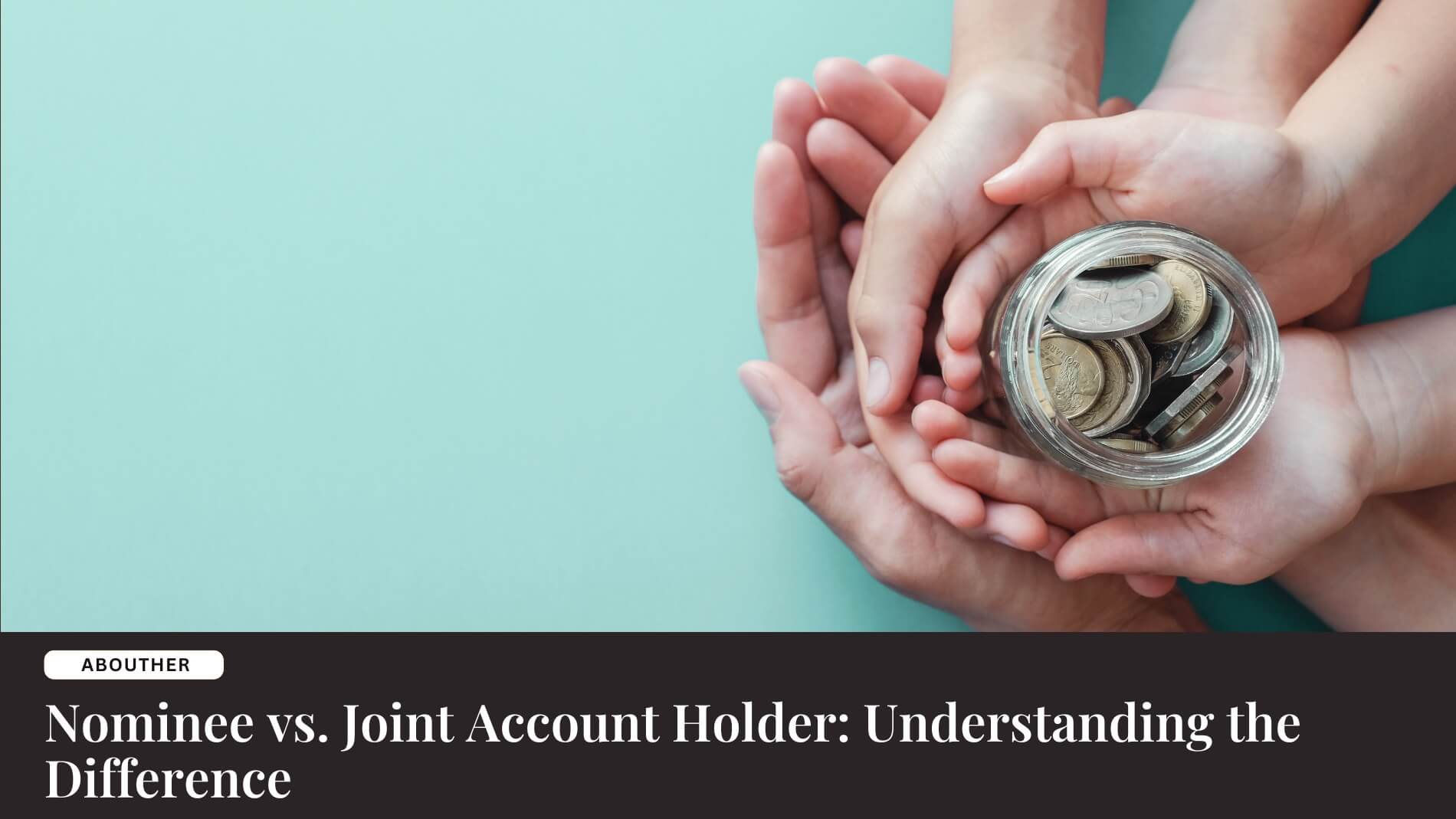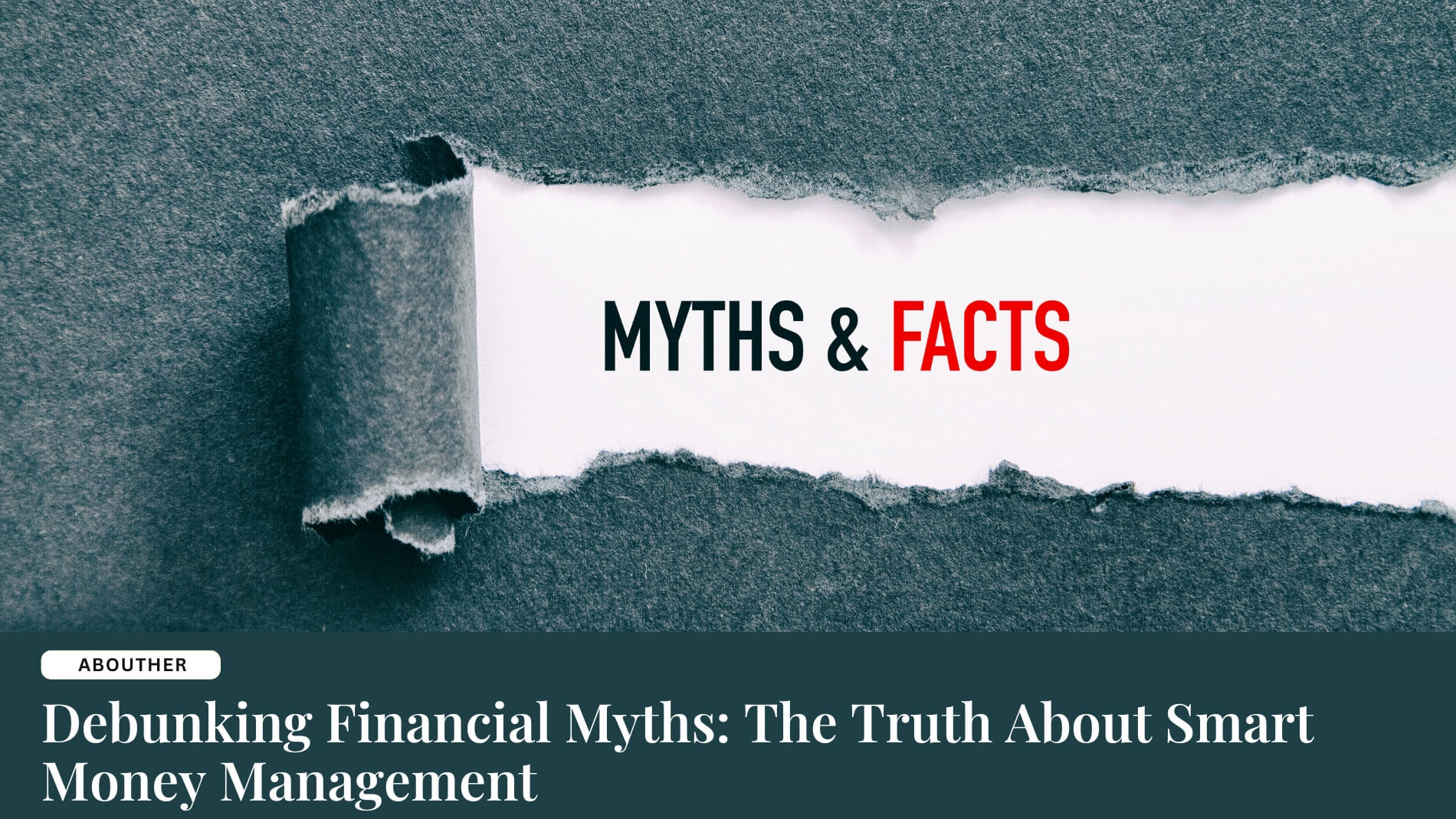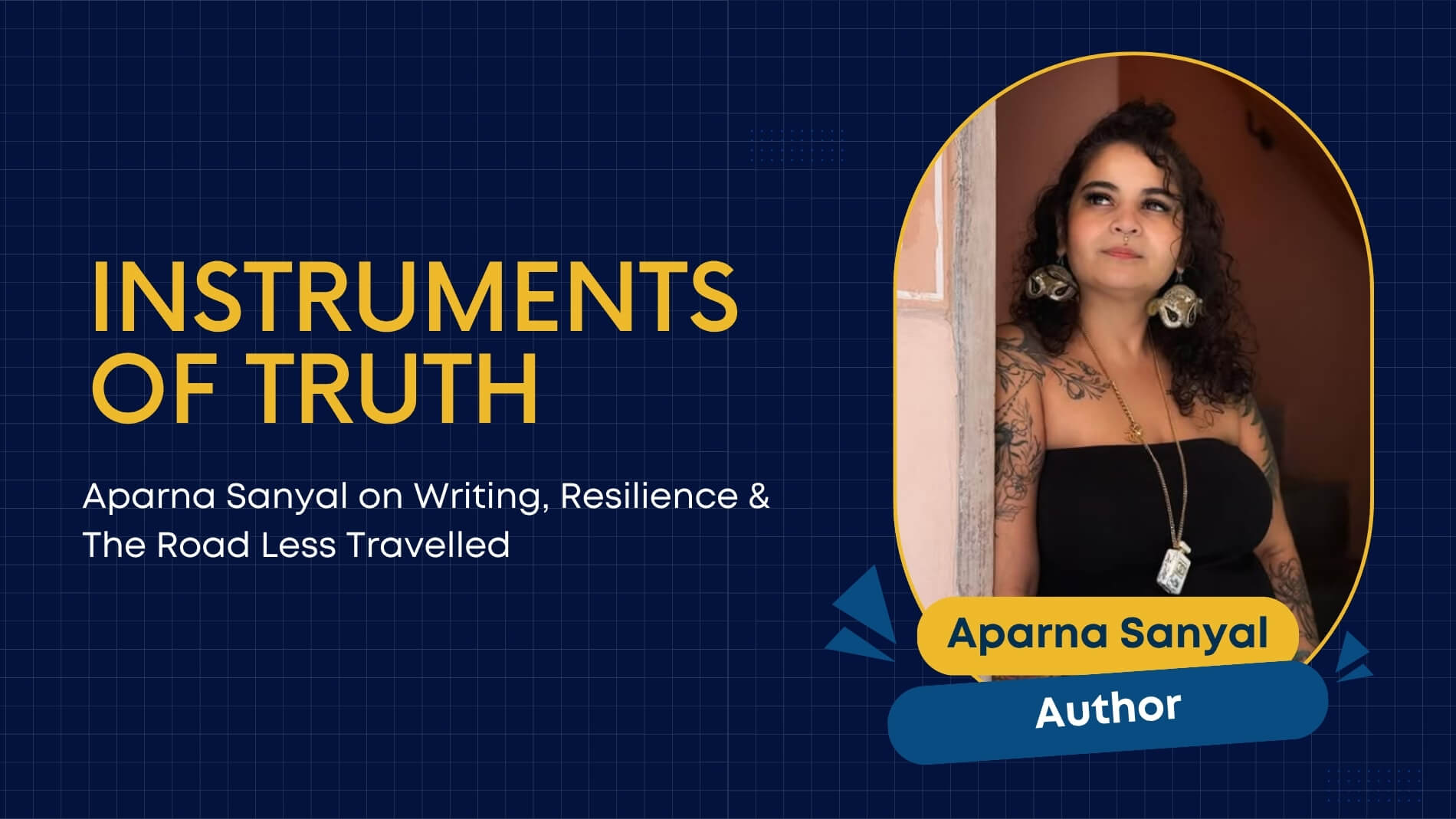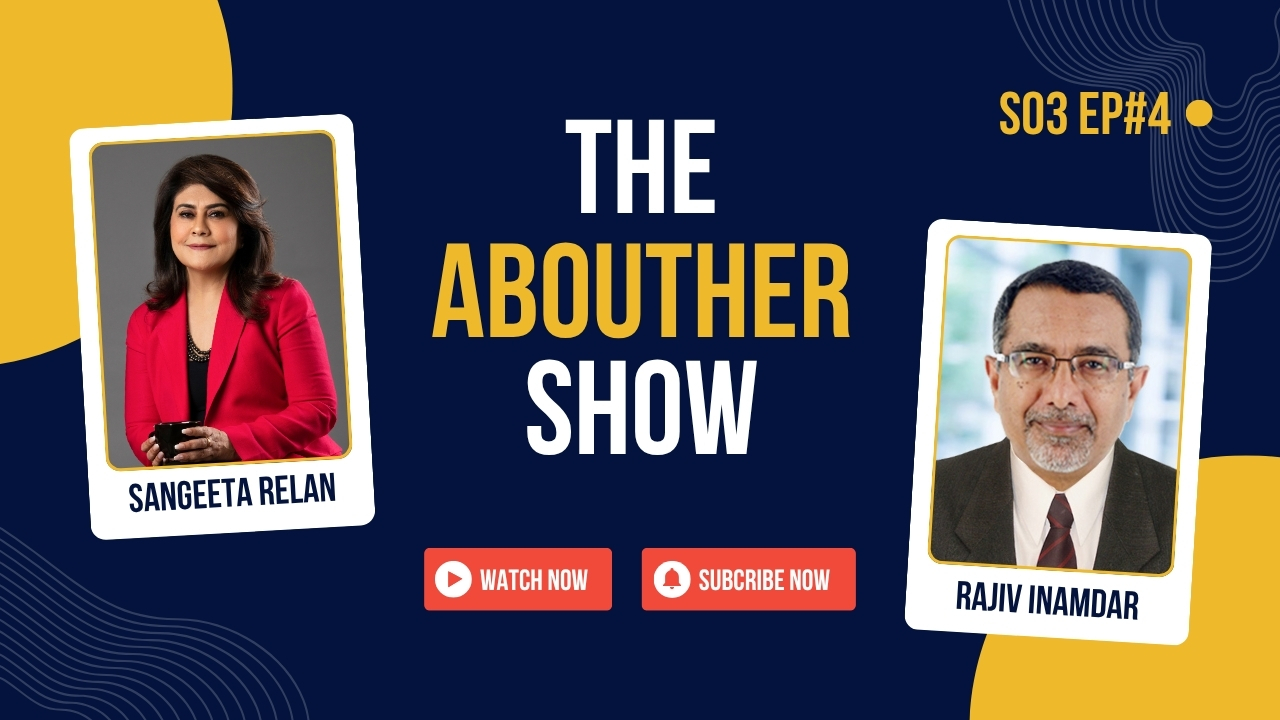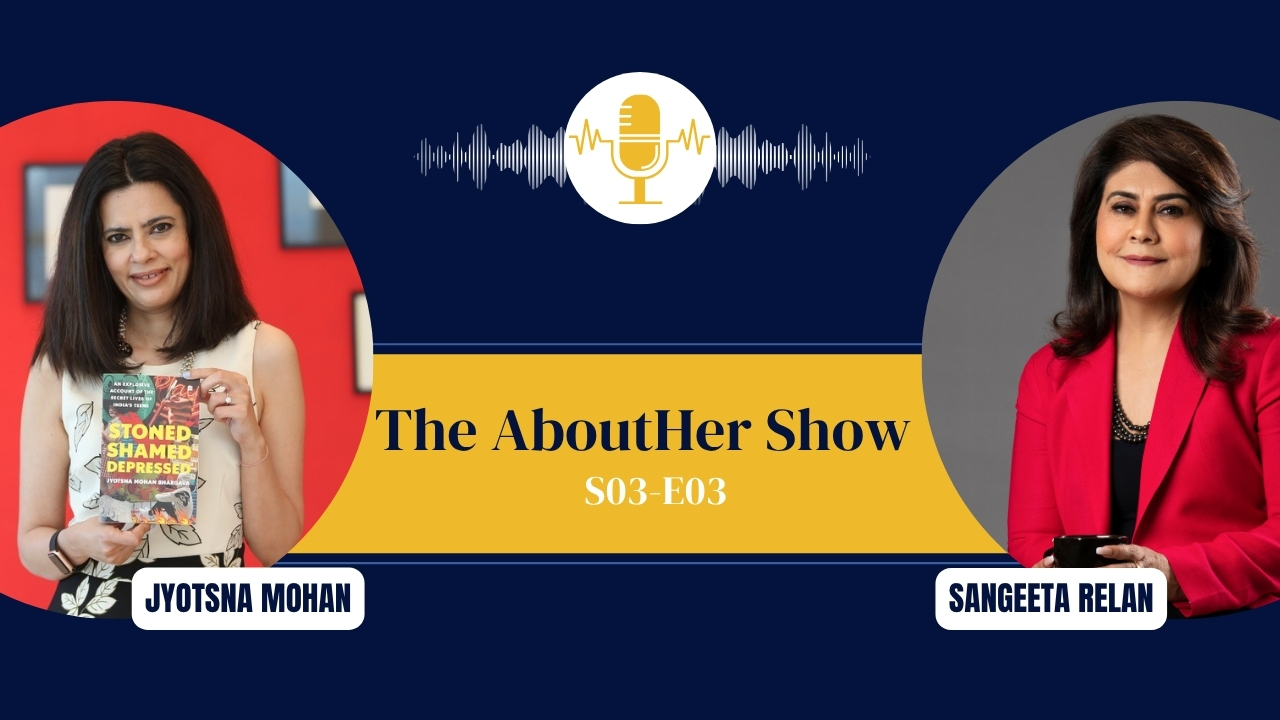Demystifying Term Insurance: Your Key to Financial Security
Term insurance is a form of life insurance that offers coverage for a designated period. If the policyholder passes away within this timeframe, the insurer provides a death benefit to the beneficiary. Unlike other life insurance plans, term insurance is solely designed for financial protection. It does not include a savings component, making it a cost-effective way to safeguard your family’s financial future.
The primary purpose of term insurance is to ensure financial security for the policyholder’s family.
There are two main types of life insurance:
- Pure life cover, known as term insurance.
- Life cover with a savings component, called endowment insurance.
Why is Term Insurance Important?
Financial protection for your family:
A pure life insurance policy is primarily designed to provide financial stability to your loved ones in your absence, ensuring they can sustain their lifestyle and meet future financial commitments without disruption. This includes settling outstanding debts and covering major expenses such as education and healthcare.
Also Read: Government Bonds | Part 1
Safeguarding Your Assets:
The loss of a family’s primary earner can create significant financial strain, potentially putting assets like property, vehicles, or businesses at risk—especially if they have outstanding loans. A level-term policy helps cover these debts, enabling your family to retain their assets and investments, thereby preventing the emotional distress of losing hard-earned possessions during challenging times.
Protection Against Lifestyle-Related Risks:
As we age, the risk of developing lifestyle diseases increases. Fortunately, many cost-effective life insurance plans offer riders with critical illness benefits, providing essential financial protection against severe health conditions. Opting for a term insurance policy with critical illness riders ensures that your family remains financially secure during uncertain times. Additionally, these riders offer coverage for critical illnesses during your lifetime, giving you peace of mind and financial support when you need it most.
Key Features of Term Insurance Plans
Higher Life Cover at Lower Cost
Term insurance is a more cost-effective way to secure high-life coverage than endowment plans. For instance, a 30-year-old can get a ₹1 crore term plan for 30 years at an affordable premium, whereas an endowment plan with the same coverage would be significantly more expensive. Additionally, whole life insurance allows coverage up to 100 years of age.
Customizable with Riders
Enhance your term plan with riders such as critical illness cover, accidental disability cover, waiver of premium, or loss of employment cover. For example, a critical illness rider provides a lump sum payout on diagnosis in addition to the death benefit. Selecting the right riders ensures a more comprehensive and tailored financial safety net.
Flexible Coverage for Life Stages
Some insurers offer the option to increase coverage at key life milestones. For instance, policyholders can boost their coverage by 50% upon marriage and by 25% upon becoming parents. A life insurance calculator can help estimate the additional coverage needed at each stage.
Flexible Payout Options
Beneficiaries can choose between a lump sum payout or staggered payments (monthly, quarterly, or annually) to better manage financial needs after the policyholder’s passing.
Premium Waiver Benefit
In case of permanent disability due to an accident, future premiums can be waived while the policy remains active, ensuring uninterrupted coverage.
Increasing Term Insurance
This plan allows the sum assured to grow over time, keeping pace with inflation and rising financial responsibilities. While premiums are slightly higher, they provide enhanced financial security.
Additional Add-Ons
Customize your policy with riders like accidental death benefits, critical illness cover, or the return of premium (TROP) feature to expand coverage beyond standard benefits.
In case the insured dies during the term of the policy, their nominees can claim the death benefit. However, if the insured survives the term, there is no payout unless the policy includes a return of premium (TROP) feature.
Also Read: Smart Savings- A Complete Guide to Fixed Deposits – Part 1
Flexible Entry Age
Most online term plans allow entry from 18 to 65 years, making them accessible across different life stages. While starting young offers lower premiums, older applicants can still secure tailored coverage based on their needs.
How Does Term Life Insurance Work?
Level-term policies offer coverage for a fixed period—typically 10, 20, or 30 years—with consistent premiums throughout the term. Policyholders pay a regular premium, usually monthly, in exchange for coverage.
Premium Calculation
Insurance companies determine premiums based on factors such as age, health, and life expectancy. A medical exam may be required depending on the policy and the applicant’s medical history.
Payout & Expiry
If the insured passes away during the policy term, the insurer pays the death benefit to the beneficiaries. However, if the term ends and the insured outlives the policy, no payout is made.
How to Buy Term Insurance?
1. Assess Your Financial Needs
Before selecting a term insurance plan, evaluate your current financial obligations and future needs, including children’s education, outstanding loans, and daily living expenses. This helps determine the appropriate sum assured to provide adequate security for your loved ones.
The recommended best practice is to have a sum assured of at least 10 times your annual income, with a higher coverage amount being even more beneficial. While this serves as a general guideline, assessing your unique needs and preferences is essential to determine the right coverage for you.
2. Estimate Your Premium
Use a term insurance calculator to estimate your premium based on factors like sum assured, policy tenure, and age. This tool helps you choose a policy that aligns with your budget and long-term financial goals.
3. Check the Claim Settlement Ratio (CSR)
Review the insurer’s Claim Settlement Ratio (CSR), which indicates the percentage of claims settled in a given year. A high CSR increases the likelihood of a smooth and timely claim process for your family.
4. Enhance Coverage with Riders
Boost your coverage by adding riders such as critical illness cover, accidental death benefit, or premium waiver. These add-ons provide extra financial security against unexpected situations.
Conclusion
Term insurance is one of the most affordable and effective ways to secure your family’s financial future. It provides high coverage at low premiums, ensuring that your loved ones remain financially stable in your absence. With the flexibility to customize coverage through riders, renew or convert policies, and choose from multiple payout options, term insurance offers comprehensive protection tailored to your needs.
Additionally, the tax benefits, ease of online purchase, and high claim settlement ratios make it a hassle-free and reliable option. By opting for a well-structured term plan, you ensure peace of mind, financial security, and a strong safety net for your family—making it a wise and responsible investment.
Share This On Social
![Sangeeta-Relan-AH-525×410[1]](https://slategray-flamingo-696901.hostingersite.com/wp-content/uploads/2024/06/Sangeeta-Relan-AH-525x4101-1.jpeg)
I’m Sangeeta Relan—an educator, writer, podcaster, researcher, and the founder of AboutHer. With over 30 years of experience teaching at the university level, I’ve also journeyed through life as a corporate wife, a mother, and now, a storyteller.
Recent Posts


